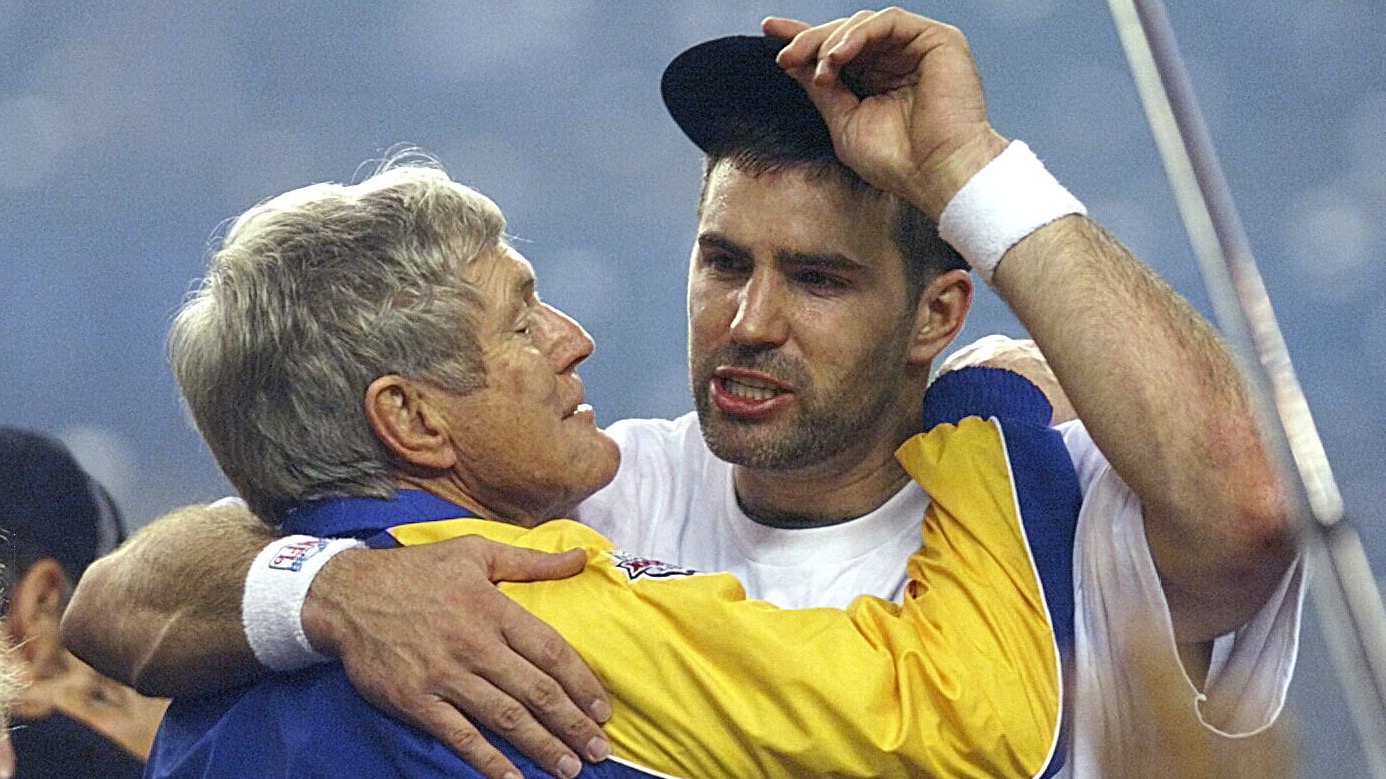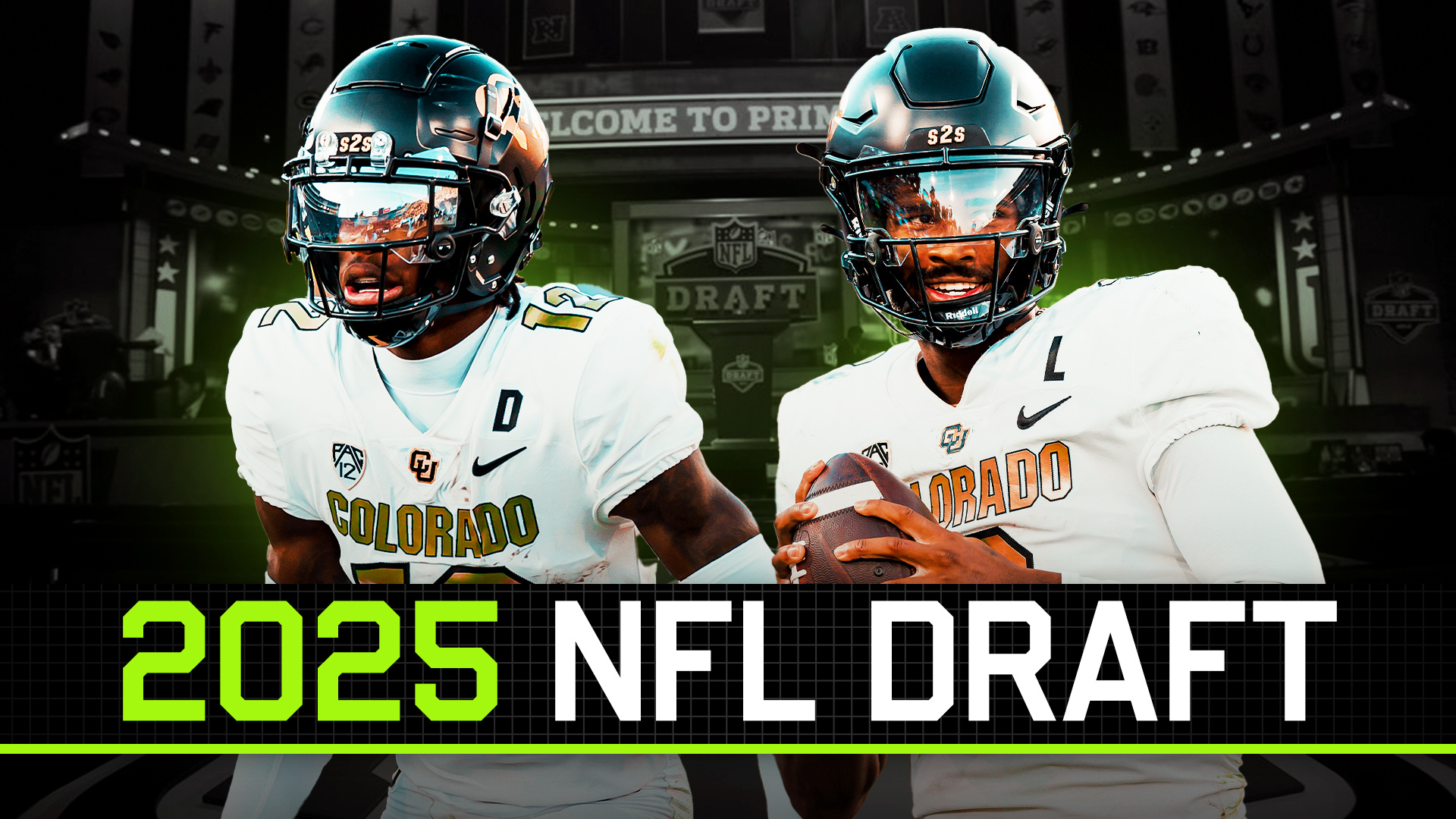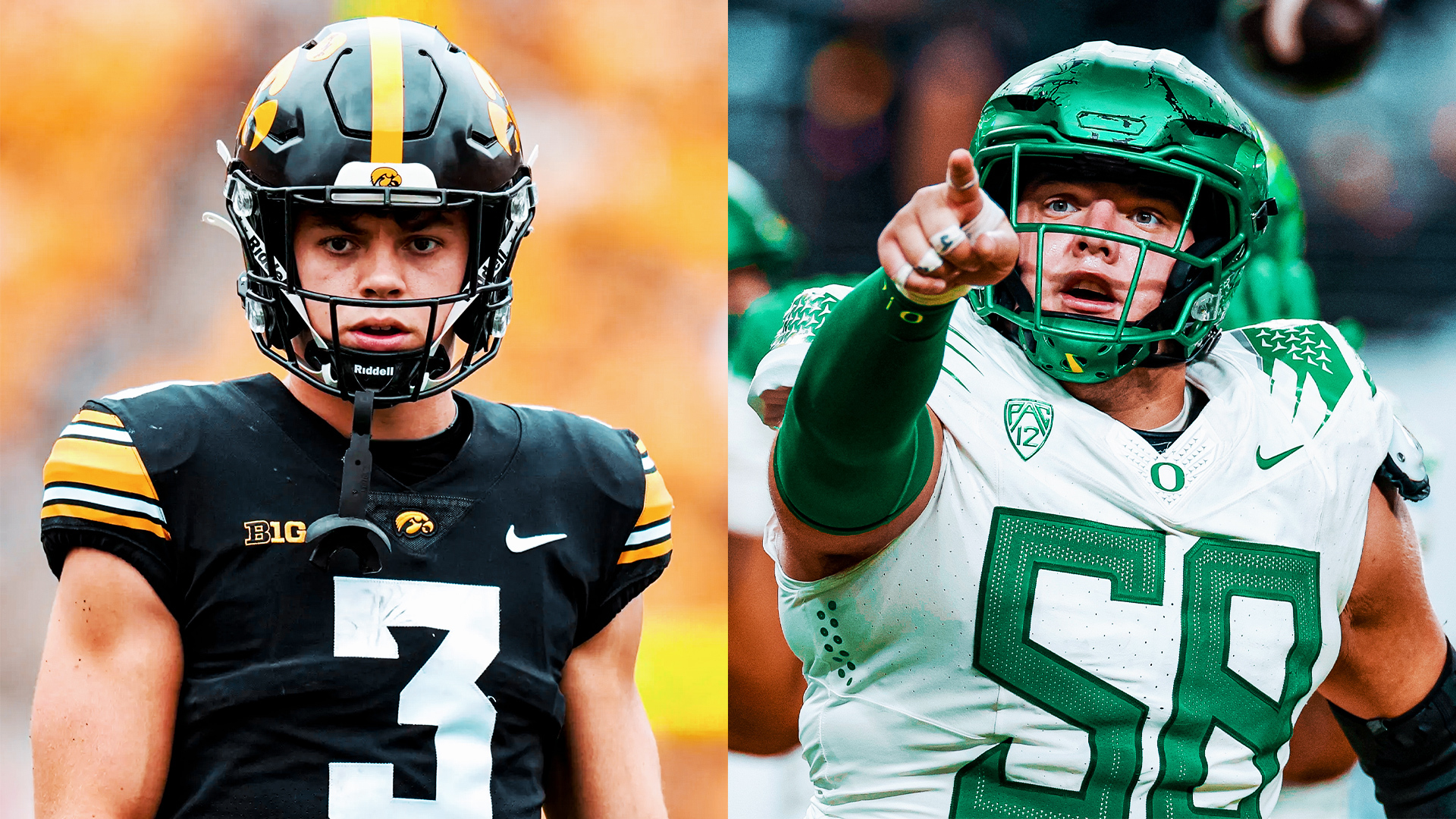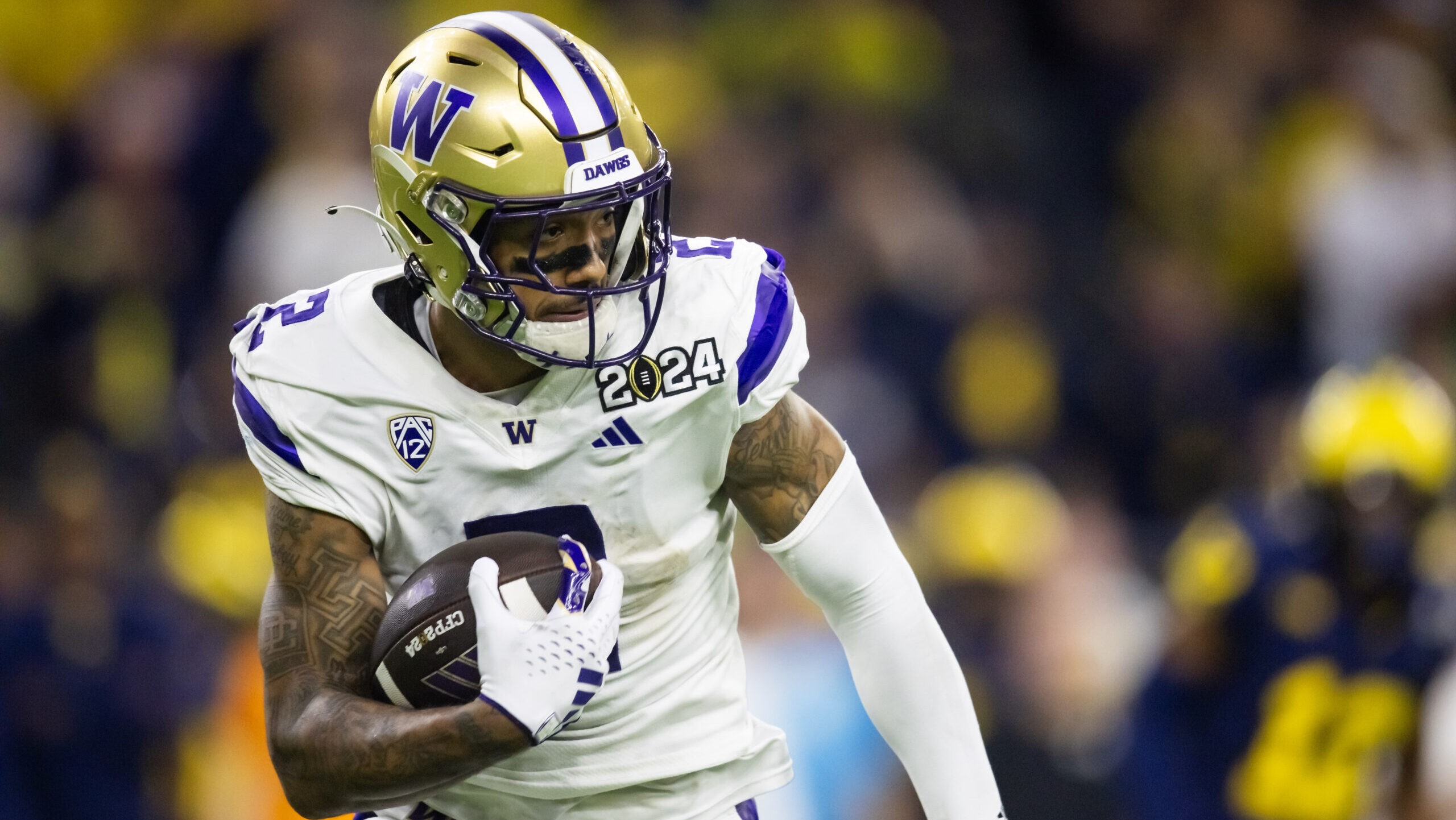Analysis
9/21/23
4 min read
When NFL Teams Decide to Be Buyers, Sellers in Trade Market
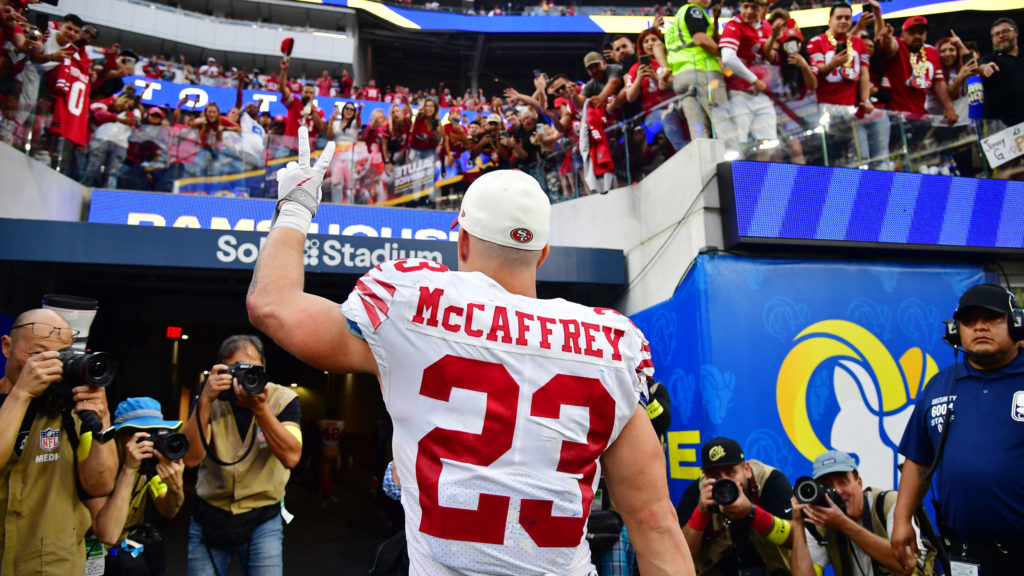
What discussions are going on internally after an NFL team starts 0-2?
Since 1990, teams that start 0-2 have about an 11 percent chance of making the playoffs. Only two teams, the New York Giants in 2007 and the 2001 New England Patriots went on to win the Super Bowl. Last season, the Cincinnati Bengals started 0-2 and made it to the AFC Championship game.
What Are Teams' Timelines?
The 0-2 teams that believe they have a roster in place ready to win now are starting those internal discussions about addressing a need through a potential trade. That also could change depending on the team’s record three weeks from now. Teams usually finalize those decisions after the fourth week of the season
Teams can always figure out how to manipulate the cap by pushing money out into future years. They also realize they'll have to pay that bill eventually. Most teams also have a cash budget for total player costs. This is separate from the cap. If a potential trade is going to exceed the cash budget, that will usually have to be approved by ownership. All these discussions are going on behind closed doors right this moment.
One Trade That Worked Out
Ownership, front 0ffices and coaches with a win-now roster will have a more aggressive mindset when potentially trading for players who can help them win now.
Look no further than the San Francisco 49ers' situation last season. They had — and currently — have a roster ready to win now. They started out the 2022 season 1-1 but were 3-4 before the trade deadline.
There were plenty of conversations going on behind the scenes between coach Kyle Shanahan and general manager John Lynch. It was decided that RB Christian McCaffrey would be a unique playmaker to add to the stable of playmakers they already had around Jimmy Garoppolo before he got injured and Brock Purdy took over. So, Lynch made the trade with Carolina Panthers GM Scott Fitterer.
San Francisco was willing to give up significant draft capital and figured out how to make McCaffrey's contract ($16 million per season, the highest for a running back) work within their cap. The addition of McCaffrey got the 49ers to the NFC Championship game.
One Trade That Did Not
When I was with the Minnesota Vikings in 2010, we made a similar type of trade that did not turn out as well as the 49ers' trade did.
In 2009, we advanced to the NFC Championship game with Brett Favre as our quarterback and lost in overtime to the New Orleans Saints. We decided to keep as much of the 2009 roster together as possible and make another run in 2010. We had a roster built to win now.
Favre came out of retirement for that 2010 season, and we knew it would be his last. We started 0-2 and we were 1-3 after losing to the New York Jets coming off our early bye week.
Our front office, coaches and ownership met to talk about what could we do to turn around the season. We discussed a lot of options but felt WR Randy Moss would give us the spark we needed to turn the season around.
Once ownership approved it, and we had the ability to fit his contract under the cap, I started discussions with Nick Caserio, now the Houston Texans' general manager. Back then, he was Bill Belichick’s personnel point person in New England. We eventually settled on a third-round draft pick. That trade did not work out. Moss was released after four weeks, and we ended the 2010 season with a 6-10 record.
Rick Spielman is a former general manager of the Dolphins and Vikings and winner of the NFL Executive of the Year award by Pro Football Weekly in 2017. Follow him on Twitter @spielman_rick


